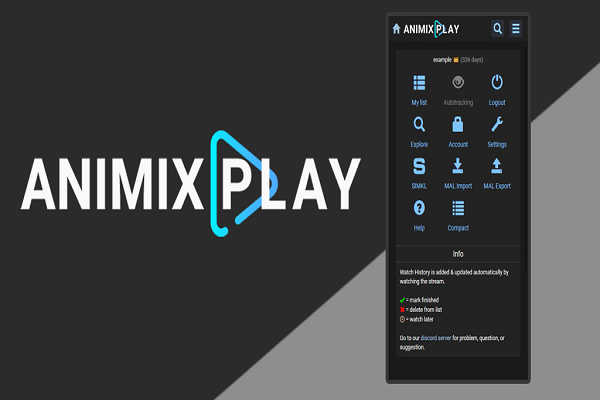If you’re new to cryptocurrencies, you may have heard of Ethereum. It is a decentralised online platform that runs smart contracts: applications that run precisely as programmed without the possibility of fraud or third-party interference.
According to Statista, the Ethereum blockchain, for instance, made up more than half of the Decentralised Finance (Defi) market in 2021.
This beginner’s guide to Smart Contracts and Ethereum will teach you everything you need to know about this exciting technology.
What Is Ethereum?
Crypto enthusiasts and developers alike are drawn to Ethereum for its endless possibilities. And while the underlying technology may be complex, Ethereum is relatively simple to understand at its core.
The apps run on a custom-built blockchain, a robust global infrastructure that can move value around and represent the ownership of property.
The platform enables developers to create markets, store registries of debts or promises, move funds by instructions given in the past, and other things that have not been invented, all without a middleman or counterparty risk at www.hulu.com activate.
What Are Smart Contracts?
A smart contract is a protocol that allows for the verification, execution, and enforcement of agreements between parties. Nick Szabo first proposed smart contracts in 1996 to digitally facilitate, verify or enforce the performance of a contract.
While smart contracts can automate processes, they are most commonly associated with the digital currency Ethereum on aesthetic pfp.
These smart contracts are powered by ether, the platform’s native cryptocurrency, which can be used to pay transaction fees and fuel operations on the network.
How Do Ethereum Smart Contracts Work?
So, how does Ethereum work?
Ethereum smart contracts are immutable, meaning they cannot be changed or deleted. They are stored on the crypto’s blockchain, a decentralised network of computers that anyone can join. The code for a smart contract is written in a programming language called Solidity and then deployed to the blockchain.
Once it is deployed, it can be interacted with by anyone who has an Ethereum wallet. When someone wants to interact with a smart contract, they send a transaction to it. The network of computers then verifies this transaction on the Ethereum blockchain, and, if it is valid, the contract executes the code that was requested.
These smart contracts can be used to create Decentralised Applications (DApps). A DApp is an application that runs on a decentralised network and does not have a single point of failure.
One of the widespread use cases is creating tokens. A token is a digital asset that can be sent and received like cryptocurrency. Tokens can represent anything, from loyalty points to virtual currency.
Ethereum smart contracts can also create decentralised exchanges, games, and more.
What Are the Top Benefits of Ethereum Smart Contracts?
There are many benefits of using Ethereum smart contracts. Some of them are explained below:
- Tamper-Proof
The smart contracts are stored on a blockchain, a distributed database that is very difficult to hack. It means that it cannot be changed or deleted once a contract is created.
It is helpful for situations where you need to store important data and ensure it will not be altered. For example, you can use it to store medical records, legal documents, etc.
- Fast and Cheap
An advantage of smart contracts is that they are swift and cheap to execute. They are executed by the Ethereum network itself, a global network of computers.
It makes them ideal for complex transactions to be carried out quickly and cheaply, such as international payments.
3) Secure
These contracts are also more secure than traditional contracts. They are not subject to the same risks as traditional contracts, such as fraud, human error, and counterparty risk.
It is because they are stored on a blockchain, which is a decentralised and distributed ledger. There is no point of failure and no single point of attack.
A blockchain is an online ledger of all cryptocurrency transactions. It grows as completed blocks are added with a new set of recordings. Each block contains a cryptographic hash of the previous block, a timestamp, and transaction data.
Smart contracts are also more secure because they are transparent. All the terms and conditions of the contract are encoded in the smart contract. And all the parties involved in the contract can see these terms and conditions.
Final Words
Smart contracts for Ethereum can be written in various programming languages, the most popular being Solidity. Many resources can help to learn how to write smart contracts. The Ethereum community is also very supportive, so don’t hesitate to reach out for help when you need it.








Leave a comment